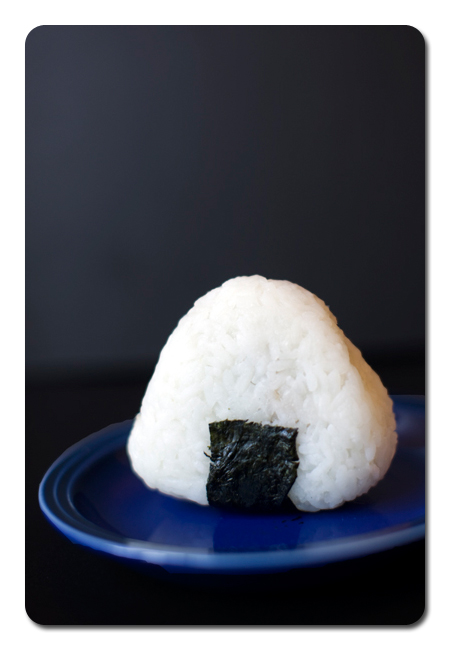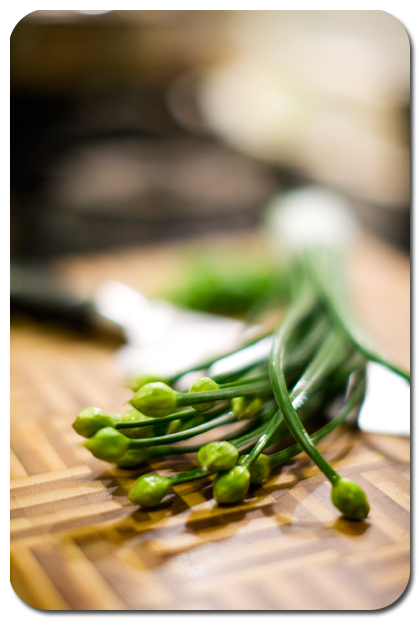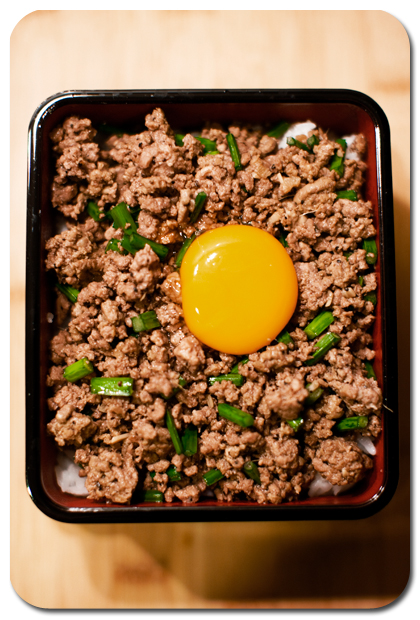Monday, December 14th, 2009...3:14 am
Soboro

As I mentioned in my previous post on Bento Basics, one shortcut that I’ve found invaluable is relying on your freezer. I’ve always extolled the virtues of bulk-cooking, especially for people who have small family units. It can be a little tricky to buy and cook for one or two people, and since it takes hardly any longer to make a small amount of ragu as it does to make a giant pot, why not just do a big batch which you can portion and freeze, and that’ll make for another 4 or 5 meals which will only take a few minutes to heat up in the microwave (or on the stove top).
Soboro is likewise a great staple to have in your freezer. Since I use it mostly for my bentos, they’re also in such small portions that I can nuke them while stir-frying some vegetables, and the entire bento gets assembled in under 10 minutes. The best part about it is that it takes under 30 minutes to cook, even in a huge batch (unlike some stews which might need a few hours in a low oven). The only thing I’d really caution you against is buying cheap ground meat from a dodgy source: there’s been quite a lot of attention shone on E.Coli and other types of bacterial food poisoning arising out of contaminated grinder equipment and poor hygiene (especially if all sorts of odd, nasty bits get ground into the meat, complete with the associated germs), so find a reliable butcher you trust, or – as I prefer – grind it on your own. (Granted, most people look at me kinda funny when I say that I grind my own meat. But it’s really quite easy when you have a KitchenAid or a similar stand mixer, which has a meat grinder attachment available. Although, presumably, grinding your own meat means you’ll be in the kitchen for more than the abovementioned half hour.)

The best part about soboro is how versatile it is: you can make a classic sanshoku-don (3-coloured rice bowl) bento if you combine it with some tamagoyaki (Japanese rolled omelette) and steamed veg, mix it with some mashed potatoes, then bread and fry the mixture for soboro croquettes, fold it into an omelette or scrambled eggs, use as your base for a fried noodle dish, or even drain off the sauce and fill onigiri (rice balls) with it (as pictured at the start of the post).
And lest you start to fancy soboro as something that belongs only in your obento, I should probably share one of our current favourite weeknight quick-fixes too: when I was in Tokyo in October, we closed off a meal at a little yakitori joint with an excellent soboro donburi: a bowl of steaming hot rice, a few spoonfuls of juicy soboro, all topped with a quail’s egg yolk. When mixed together, the sauce from the meat and the egg yolk combined, coating the rice with such a delectable rich flavour. I now replicate this at home by mixing up a double portion of the donburi with a hen’s egg yolk. Simple, and – admittedly – not much to look at, but I can assure you: it is thoroughly satisfying.

Ground Meat Soboro
5 tbsp oyster sauce
3 tbsp mirin
2 tbsp light soy sauce
1 tbsp dark soy sauce
3 tbsp sesame oil
1 bulb garlic, peeled and minced (or grated)
3 tbsp grated ginger (about a 2-3 inch knob)
1kg ground beef/veal/pork/chicken (or a mixture – I like using roughly 70:30 beef to pork)
5 tbsp sake
salt & black pepper
a small bunch of spring onions/chives, sliced into 1cm lengths (my bundle weighed about 100g, and had around 20 stalks, but feel free to adjust this amount to taste)
Mix the first 4 ingredients together in a small bowl, set aside.
Heat the sesame oil in a large, high-sided frying pan over medium heat, and add the garlic and ginger. Fry until fragrant, and just starting to brown around the edges; about 3 minutes. Turn the heat up to high, add all the meat in and fry fast to brown all over, breaking up any clumps that form.
When the meat is about 3/4 cooked, add in the sake and a big pinch of salt. Cook, stirring frequently, until the meat is cooked through. Add the sauce mixture along with a level tablespoon of ground black pepper and about 50ml of water, and stir thoroughly to ensure that it is evenly mixed. Turn the heat to low and simmer, about 5 minutes until the liquid is reduced by half. Remove from heat, then stir through your spring onions, cover and let it steam for a minute or two more to wilt the spring onions. Taste, correct the seasoning with salt and/or pepper if necessary.
You can now either serve it immediately, or cool rapidly (use an ice bath), then portion out and store. It will keep for about 2-3 days in the fridge, covered tightly, or for a few months frozen in an airtight container. I generally freeze portions of around 150g for my bentos, which I can then nuke for 2-3 minutes on high to defrost and reheat.
Yield: Makes about 8 servings, depending on the sizes of your portions, but you can also double (or triple!) the amount you make, depending on the size of the pots you have. Likewise, feel free to reduce the amount you make, tasting and adjusting the measurements accordingly.

1 Comment
December 14th, 2009 at 9:44 am
[…] original here: whine & dine » Blog Archive » Soboro By admin | category: egg yolk | tags: coating-the-rice, delectable-rich, donburi, […]